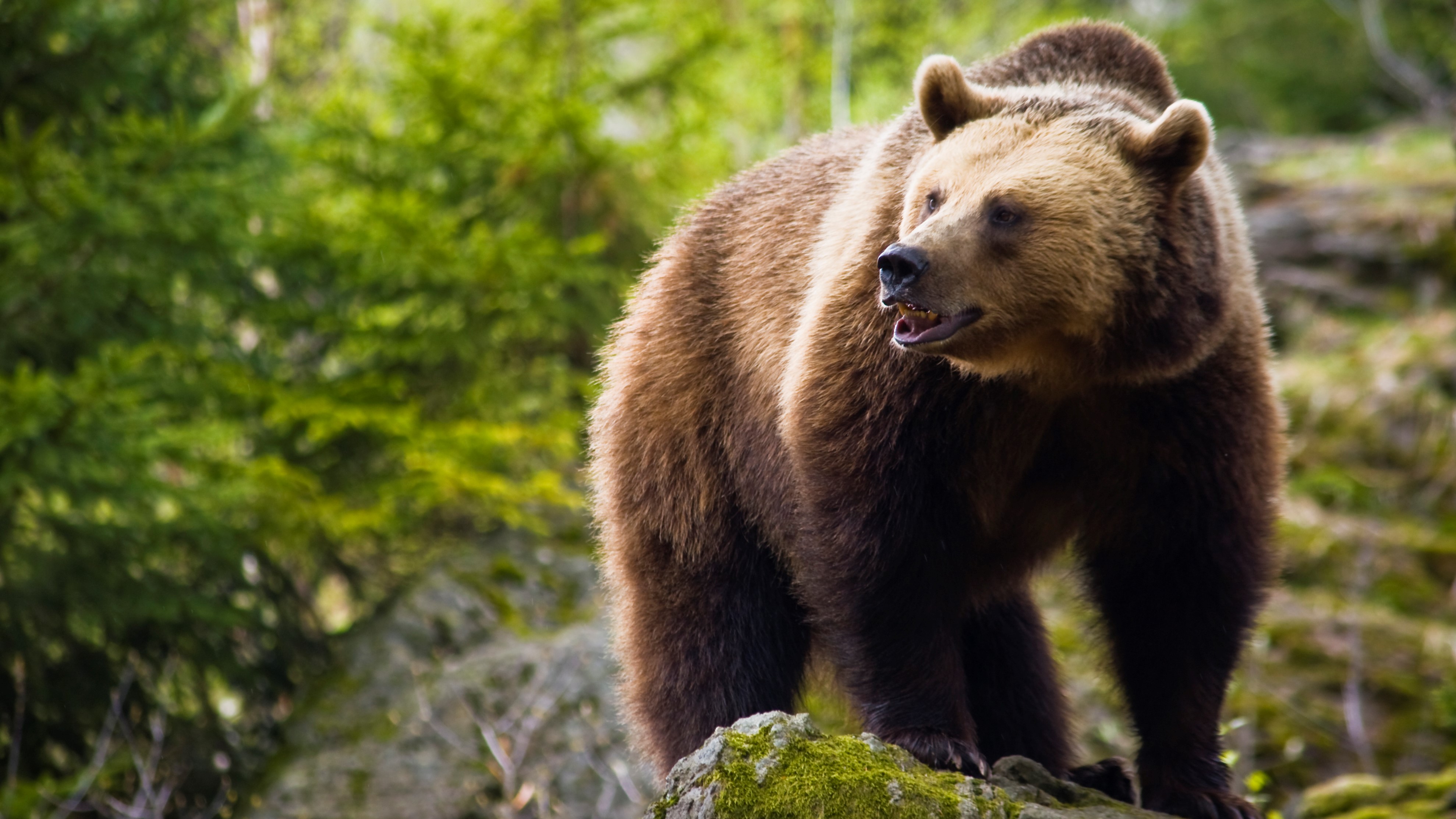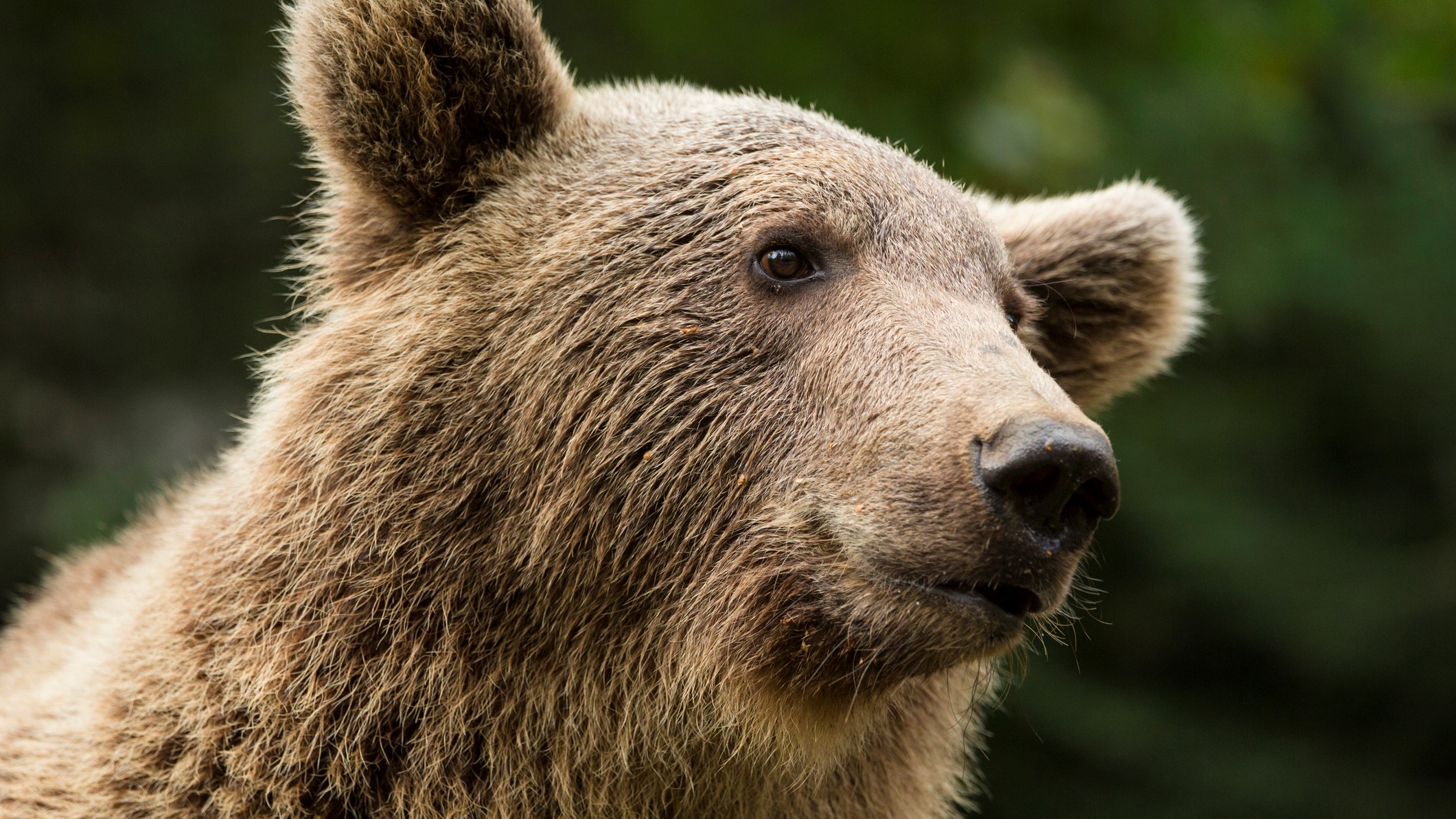Killer bear found dead after grizzly summer of attacks in Japan
The gruesome discovery was made in the same area where three men were attacked by a bear on October 31

A bear suspected in the killing of a college student and attacking three others in the last week has been found dead next to its final victim. Kanato Yanaike, 22, had been reported missing after going hiking on Mount Daisengen on the island of Hokkaidō on October 29.
On November 2, police found his remains and nearby, the carcass of the brown bear they suspect killed him. Initial autopsy results showed that Yanaike died of hemorrhagic shock, according to Japanese newspaper The Mainchi, which is the result of severe bleeding. The Hokkaido Research Organization will investigate the stomach contents recovered from the bear to determine its cause of death.
The gruesome discovery was made in the same area where three men were attacked by a bear on October 31, prompting officials to speculate that the same bear may be involved in those, and other attacks. In that incident, the men were able to defend themselves using a knife and two came away with injuries, but all survived.
To say it's been a grim summer for bear attacks in Japan would be an understatement. In May, we reported that a bear spotted with waders in its mouth was suspected of killing an angler. The country had seen 158 injuries and two deaths as the result of bear attacks since April according to a report in The Guardian dated October 29 – these most recent attacks bring that number over 160. This year's deaths are the first in the country for more than a decade.

Japan is home to both the Asian black bear and the brown bear, with current population estimates at over 10,000 for each species. The brown bear is found only on Hokkaido, the northernmost island, and its population has doubled since 1990, according to the Japan Times. Their increasing numbers is thought to be outpacing the availability of food sources such as acorns and beechnuts, in addition to bumper crops last year, which has forced bears out of their usual habitats and into the paths of humans as they prepare for winter torpor, according to The Guardian's reporting.
Bear safety
Most bears are only interested in protecting food, cubs, or their space. Bear attacks are rare, but they do happen and can lead to serious injuries or even death.
If you are charged or approached by a bear, it’s best to leave your backpack on and play dead. Fighting back usually increases the intensity of such attacks. However, if the attack persists, fight back vigorously with whatever you have at hand – a branch, rocks, one of your trekking poles – to hit the bear in the face. Learn more in our article on what to do if you meet a bear.
Advnture Newsletter
All the latest inspiration, tips and guides to help you plan your next Advnture!
Julia Clarke is a staff writer for Advnture.com and the author of the book Restorative Yoga for Beginners. She loves to explore mountains on foot, bike, skis and belay and then recover on the the yoga mat. Julia graduated with a degree in journalism in 2004 and spent eight years working as a radio presenter in Kansas City, Vermont, Boston and New York City before discovering the joys of the Rocky Mountains. She then detoured west to Colorado and enjoyed 11 years teaching yoga in Vail before returning to her hometown of Glasgow, Scotland in 2020 to focus on family and writing.

